Linda Whitwam - The Labradoodle Handbook
Here you can read online Linda Whitwam - The Labradoodle Handbook full text of the book (entire story) in english for free. Download pdf and epub, get meaning, cover and reviews about this ebook. year: 2015, publisher: Linda Whitwam, genre: Home and family. Description of the work, (preface) as well as reviews are available. Best literature library LitArk.com created for fans of good reading and offers a wide selection of genres:
Romance novel
Science fiction
Adventure
Detective
Science
History
Home and family
Prose
Art
Politics
Computer
Non-fiction
Religion
Business
Children
Humor
Choose a favorite category and find really read worthwhile books. Enjoy immersion in the world of imagination, feel the emotions of the characters or learn something new for yourself, make an fascinating discovery.
- Book:The Labradoodle Handbook
- Author:
- Publisher:Linda Whitwam
- Genre:
- Year:2015
- Rating:4 / 5
- Favourites:Add to favourites
- Your mark:
The Labradoodle Handbook: summary, description and annotation
We offer to read an annotation, description, summary or preface (depends on what the author of the book "The Labradoodle Handbook" wrote himself). If you haven't found the necessary information about the book — write in the comments, we will try to find it.
If youve been bitten by the Doodle bug, then this is the only reference book you will ever need.
The Labradoodle Handbook is the most in-depth book ever written about Labradoodles.
This ebook is packed full of information and over 100 colour photos. It gives an invaluable insight into Labradoodles: how to pick the right one for you and your family and then how to care for, train and feed your Doodle.
The Handbook is the product of considerable research and liaison It separates the fact from the fiction to guide you through the pitfalls. Written by canine author Linda Whitwam with input from leading Labradoodle organisations, its easy to read & suitable for anybody aged 10 to 100.
The Labradoodle Handbook will help you to select a good breeder, then the puppy with the right temperament, and how to care for your Labradoodle throughout his or her life.
It provides answers to the most frequently-asked questions from Labradoodle owners and tells you:
The answers to these & dozens of other questions are all are at your fingertips. The Handbook covers the most common ailments affecting Labradoodles & how to tell if all is not well. You might not know it, but your dog CAN talk to you. A change in your dogs behaviour or habits can be a sign that something is amiss. The Labradoodle Handbook has dozens of pages dedicated to health. Learn to spot:
Recognising symptoms of ill health early on and taking swift action can improve your Labradoodles chances of a good outcome. If youre lucky, you could even prevent a chronic condition from developing & save a fortune in long-term veterinary bills.
Other advice to help you & your Labradoodle enjoy a happy and healthy life together includes -
This book was recommended by my breeder when I got my labradoodle puppy. It was most helpful and I enjoyed learning all about the breed. I would highly recommend this book to anyone thinking of getting a labradoodle or who has one as a member of their family, Greenthumb, Oxford, PA, USA
This book has been well used. I am a first-time...
Linda Whitwam: author's other books
Who wrote The Labradoodle Handbook? Find out the surname, the name of the author of the book and a list of all author's works by series.

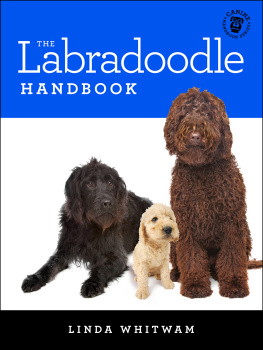
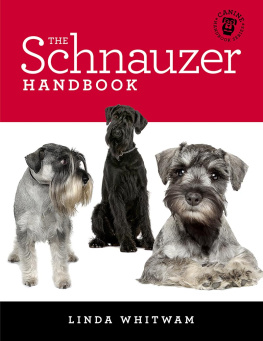
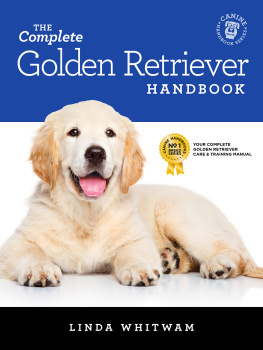
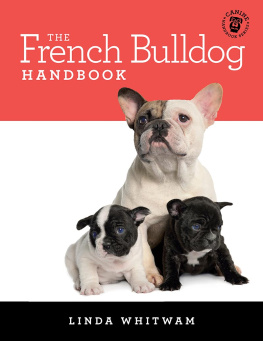

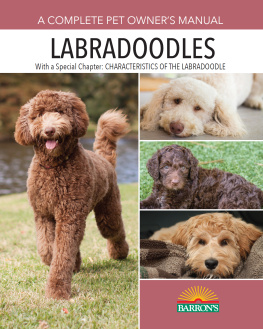
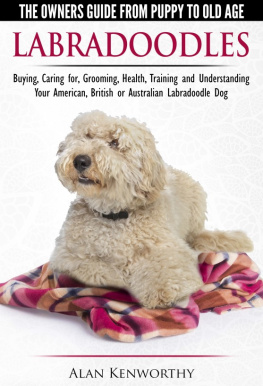
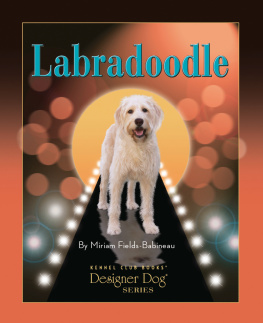

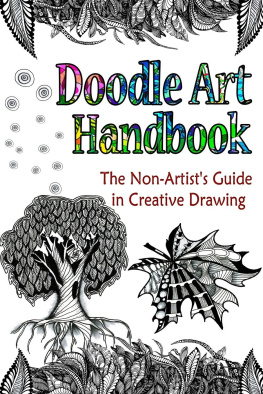
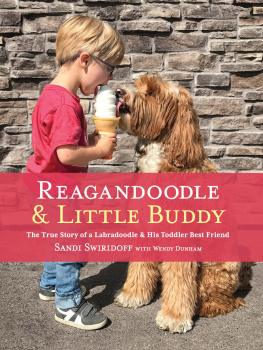

 Since Australian Wally Conron first crossed a Standard Poodle with a Labrador in 1988 and coined the phrase Labradoodle, this honest, sociable and fun-loving canine has made his home at the centre of families across the globe.
Since Australian Wally Conron first crossed a Standard Poodle with a Labrador in 1988 and coined the phrase Labradoodle, this honest, sociable and fun-loving canine has made his home at the centre of families across the globe.